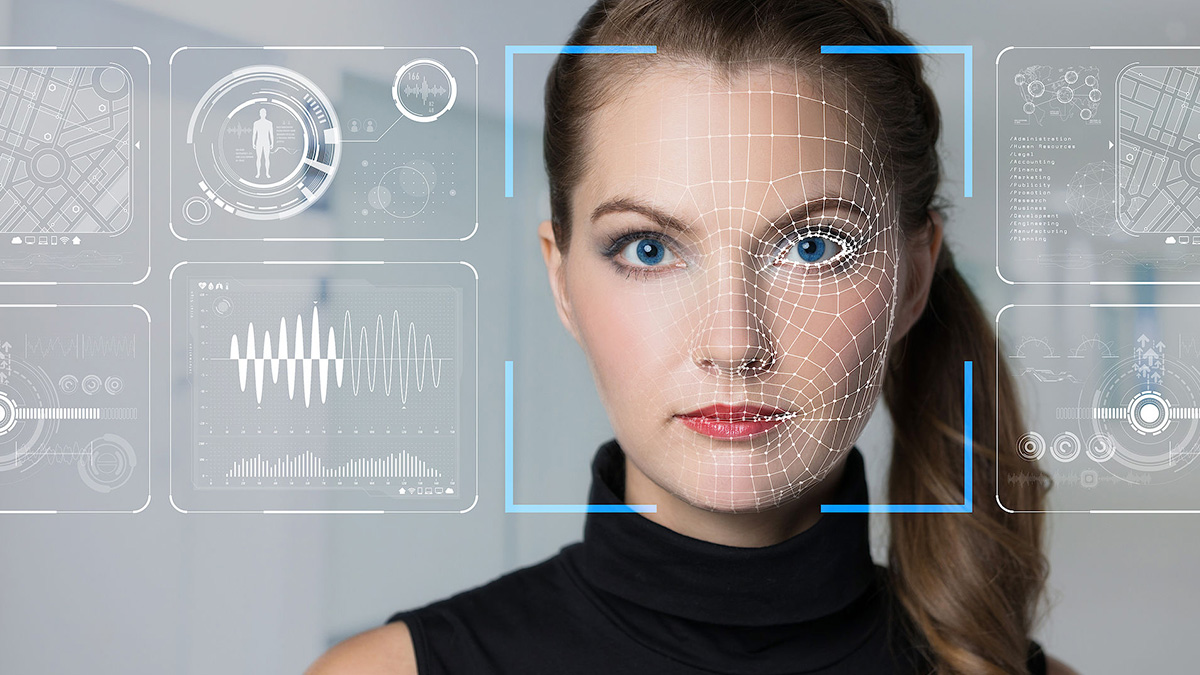
In recent years, facial recognition technology (FRT) has evolved from a futuristic concept into a powerful tool with widespread applications—from unlocking smartphones to surveillance in public spaces. While its capabilities have undoubtedly improved security and convenience, the rise of FRT has ignited a growing battle over privacy, civil liberties, and the scope of government oversight.
The Rise of Facial Recognition
Facial recognition technology works by analyzing the unique features of a person’s face—such as the distance between the eyes or the shape of the jaw—to identify or verify an individual’s identity. Once limited to science fiction or high-security government labs, FRT has rapidly become mainstream. Social media platforms use it for automatic photo tagging, airports employ it to speed up boarding, and law enforcement agencies increasingly deploy it for real-time surveillance and criminal investigations.
This swift adoption has raised significant concerns among privacy advocates, technologists, and civil rights groups.
Surveillance vs. Privacy
One of the central issues in the FRT debate is the balance between public safety and personal privacy. Governments argue that facial recognition helps deter crime, locate missing persons, and enhance national security. However, critics warn that unchecked surveillance can lead to authoritarian practices, racial profiling, and a chilling effect on free expression.
A particularly troubling aspect is the lack of transparency surrounding how facial data is collected, stored, and used. In many jurisdictions, individuals are not informed when their facial images are captured, nor do they have the option to opt out. This silent data harvesting erodes consent, one of the cornerstones of data protection and privacy rights.
Accuracy and Bias Concerns
Beyond privacy, FRT has faced scrutiny over its accuracy, especially when applied across diverse populations. Studies have shown that many facial recognition systems perform poorly when identifying people of color, women, and younger individuals. These discrepancies can lead to false arrests, misidentifications, and further marginalization of already vulnerable groups.
The technology’s inherent biases stem from the data used to train algorithms, which often lacks adequate representation. As a result, misidentification rates are disproportionately higher in certain communities—amplifying existing inequalities rather than solving problems.
Legal and Ethical Pushback
In response to these issues, some cities and countries have taken action. San Francisco, Portland, and several other municipalities have banned government use of FRT. The European Union has proposed regulations that restrict its deployment in public spaces, except in narrowly defined circumstances. Meanwhile, human rights organizations worldwide are calling for a global moratorium on the technology until stronger safeguards are in place.
Tech companies have also begun to self-regulate. Firms like IBM, Amazon, and Microsoft have paused or limited their facial recognition programs, acknowledging the need for clear policies and ethical guidelines.
A Call for Accountability and Regulation
The debate surrounding facial recognition is far from settled. Proponents argue that when used responsibly, the technology can serve the public good. However, without strong oversight and legal frameworks, the risks to privacy and freedom are too great to ignore.
A path forward requires transparency, accountability, and inclusive policymaking. Governments must ensure that facial recognition systems are subject to rigorous testing, auditing, and public scrutiny. Individuals should have the right to know when their data is being collected—and the power to say no.
Conclusion
Facial recognition technology is here to stay. Its potential is vast, but so are the dangers if left unchecked. As society continues to grapple with the trade-offs between innovation and privacy, one thing is clear: the fight for privacy in the age of facial recognition will shape the future of digital rights for generations to come.


